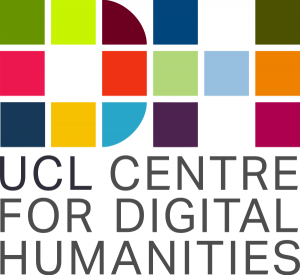The main idea of the Willey memoir is that a faithful priest named John Wiley spent his whole life to be pray. The memoir which was written by Wiley’s children illustrated Wiley’s early life between 1781 and 1793 as bittersweet as his mother died when he was six. Still, he grew up with teacher Bradley ‘s care and love until he was twelve. Two years later, he learnt a trade in Bedford, where he started to question the world and reflect himself as a man with sinfulness. In order to redeem himself, in 1802, he went to Bristol where he saw the Congregation for the first time in his life. In 1806, he served as a teacher in Mirfield school. About ten years later, he was married to Sgle. Sr. Susan Hutton, a teacher at Gracehill. After the marriage, the couple had four children and lived happily in Ballinderry. In May 1841, he had a violent attack of influenza in Cootehill. In the hope of recovering from his painful illness, he served the Lord and Saviour more faithfully than ever. During the last year of his life, he spent four months near Bally-Castle and returned to Gracehill in October. His wife and the three of his children assembled around his bed to witness his gentle departure from this world in October 1847.
Via Voyant, I compared both the Willey memoir and the Harriett Lees memoir as these two memoirs were composed at the same time period and they are from London archives. In the perspective of lexical, the Lees memoir was written in plenty of long sentences and its average sentence words is 80.7 while Willey memoir’s average sentence words is 33.4. Noticeably, the vocabulary densities of both texts are at almost the same level, the Lees memoir is 0.348 and the Willey memoir is 0.310. Based on the average sentence words, the author of the Lees memoir obtain more written skills than the author of the Willey memoir. And the vocabulary densities justifies this conclusion. However, we cannot be 100 percent confirmed as the total lengths of these two memoirs are different. In the contrast of the Lees’ 2099 words and 731 unique word forms, the whole text of Willey memoir consists of 3505 words in total and 1087 unique word forms. Apart from that, the Willey’s five most frequent words are years, time, great, lord and time. Two common words between two memoirs are great and time. “Great” is to express the extent of certain events or someone and “time” is to illustrate a person’s life in the chronical way. In the perspective of key words in Willey memoir, through the termberry screen, five key words are congregation, lord,time, great and life. The following graphs are generated through Voyant. The first one is collocates graphs, which represents a network graph where keywords in green are shown linked to collocates in maroon according Voyant’s tools help page. For example, the word “year” is related to “laborer,” “spent,” “age,” and “life.” According to Whitley’s reading, the author expects that readers can read the digital reading in two mode: browse mode and search mode. The Voyant provides various visualizations so that even if a reader may not be able to read the memoir in details, he/she can grab the gist of a memoir directly from dozens of graphs. The second graph is cirrus. The words are in eye-catching colors to impress readers and arouse readers’s interests to read the memoir. In the Whitley’s reading, it is said that visualizations are intended neither to stand as definitive interpretations of literary texts nor to provide direct answers to research questions. Rather, the goal in visualizing data from a literary text is to spark inqury. Personally speaking, colorful words assembled together pushes me to inquire this memoir deeper. The third graph is scatterplot. I imputted both the whole memoir and one-third of the memoir that I transcribed and Voyant generated this graph. This graph not only confirms that the whole memoir is written in the same style, but also differentiate the part that I transcribed from the whole. This is significant because the reader can expect what distinctive meanings from each part of the memoir. It also serves the function of wrestling with questions that close reading alone might otherwise be unable to answer mentioned in Whitley’s reading. If scholars confront the problem of comparing two similar memoirs, then use this graph is a starting point.
Rosemary is a sophomore studying in Digital Humanity class in fall 2018 at Bucknell University. She is from Southern part of China. Her intended major is Environmental Studies and French.






